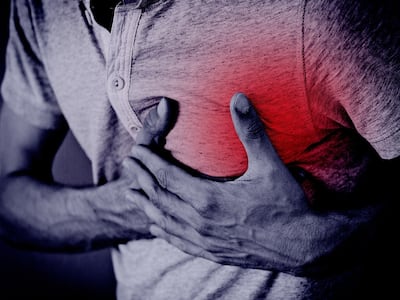Congenital disorders
Understanding Recovery And Resilience In Young Stroke Survivors
Stroke in young adults is relatively rare but requires meticulous investigation and preventive measures to ensure a better quality of life.
World Stroke Day, observed on October 29th, serves as a reminder of the critical importance of stroke awareness and prevention. Stroke, often associated with the elderly population, can also affect young adults. With changing lifestyles and increasing pollution, stroke in young adults has become common. Hence, there is a need to create awareness and save some young lives.
Some Important Points To Be Noted!
- Strokes that occur in people under 45 years of age are referred to as young strokes, and they are comparatively more common in some Asian nations. Even though young adults are less likely than older adults to experience a stroke, it is still important to be aware of the condition because early intervention can prevent disability and save lives.
- Individuals frequently get strokes due to heart disease, high blood pressure, smoking, high cholesterol, and other risk factors, while young individuals are less likely to experience these conditions.
- Rather, the causes of strokes in this age group can vary greatly and include autoimmune disorders, unusual vascular diseases such as Moya Moya disease, drug misuse, congenital heart disease, neck traumas leading to arterial dissection, and heart abnormalities.
- Three main types of strokes affect young adults: Ischemic Infarcts, Venous Infarcts, and Intracerebral Bleeds, each with its specific causes and mechanisms.
- To determine the underlying causes of strokes in young adults, a variety of procedures and clinical assessments are required. These include echocardiograms, CT and MRI brain scans, blood tests, and invasive cerebral angiograms.
- Effective stroke management hinges on confirming the diagnosis and identifying the type of stroke. Treatment options include thrombolysis and mechanical thrombectomy. Early treatment is crucial for better outcomes.
- Proper preventive therapy can reduce the risk of recurrent strokes, but individuals with specific conditions may be at higher risk if they do not adhere to prescribed medications. Moya Moya disease, if not treated, has a high chance of recurrence.
- Recurring dissection and stroke are rare unless individuals are exposed to repeated traumatic events. Surgical treatment is mandatory in rare vascular abnormalities like Moya Moya disease.
- The chances of a full recovery and regaining a normal life after a stroke in young adults depend on factors such as the time window of successful treatment, the extent of brain damage, and the quality of rehabilitation received. Young stroke survivors tend to have a good recovery and achieve functional normalcy within 3 to 6 months of dedicated rehabilitation.

